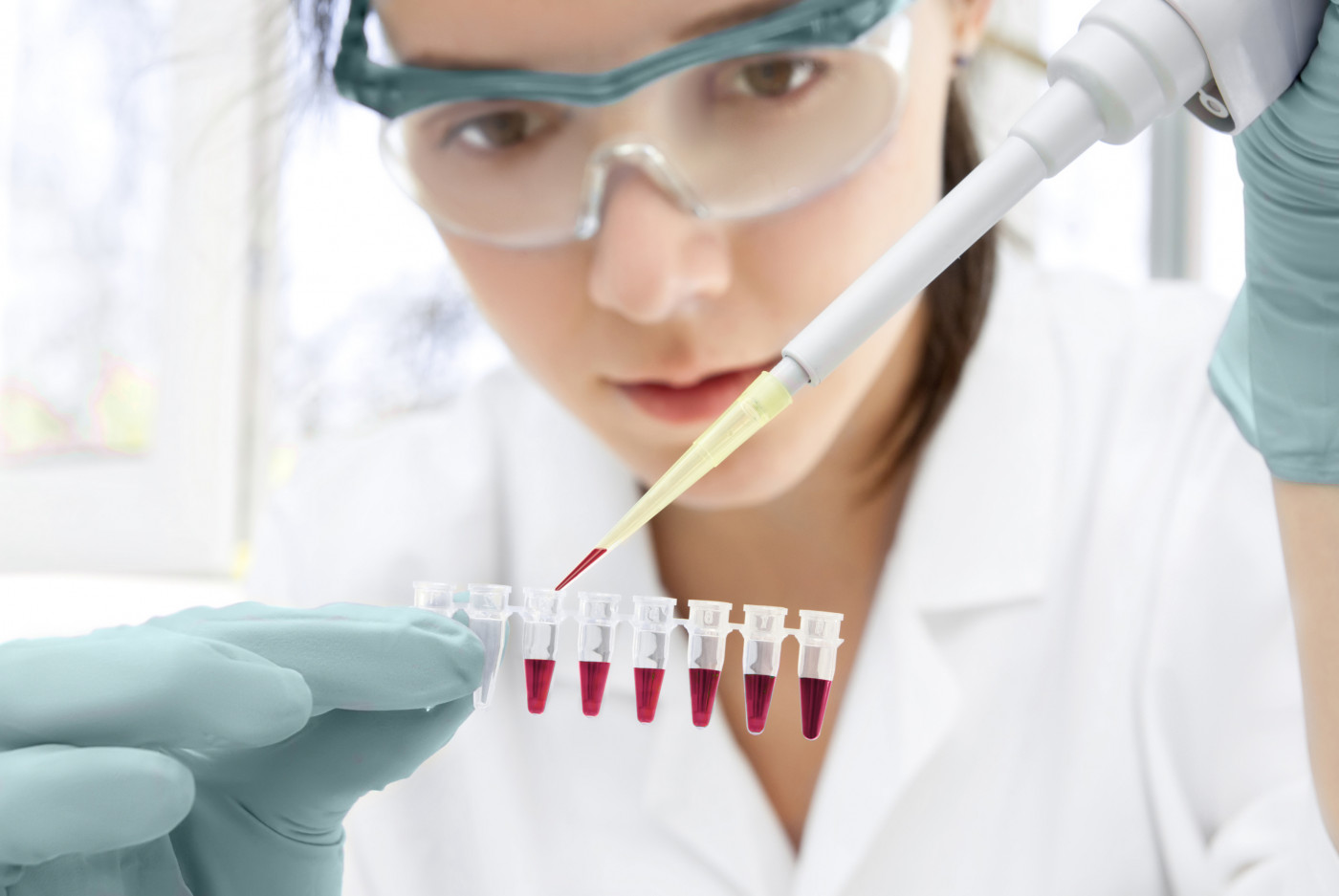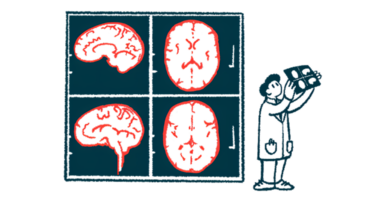Protein Linked to Inflammation in MS Also Helps to Control It, Study Finds

anyaivanova/Shutterstock
The pro-inflammatory signaling protein interleukin (IL)-17A, which is associated with nerve damage in multiple sclerosis (MS), also has an opposing, and crucial, anti-inflammatory role in cells, a study reports.
These findings may explain why therapies that lower IL-17A levels have failed in clinical trials to treat autoimmune diseases like MS.
The study, “The Cytokine IL-17A Limits Th17 Pathogenicity via a Negative Feedback Loop Driven by Autocrine Induction of IL-24,” was published in the journal Immunity.
A key immune cell involved in autoimmune responses is a T-cell subset called Th17. These Th17 cells produce several pro-inflammatory signaling proteins known as cytokines, including IL-17A.
Studies have shown that elevated IL-17A levels are found in active brain lesions in MS patients and, in combination with other pro-inflammatory molecules, cause inflammation and tissue damage.
IL-17A is also associated with other autoimmune conditions, such as rheumatoid arthritis, psoriasis, Crohn’s disease, and autoimmune diseases affecting the eyes (uveitis).
While therapies that target and reduce IL-17A have been shown to ease symptoms in people with psoriasis, clinical trials of medicines to block IL-17A in autoimmune diseases like MS and uveitis fail to yield consistent results.
“IL-17 is the prototypical inflammatory immune molecule blamed for autoimmunity in the neuro-retina and the brain, but there’s been some controversy about the role it plays,” Rachel Caspi, PhD, the study’s senior author and chief of the Laboratory of Immunology at the National Eye Institute (NEI), said in a press release.
To better understand the role of IL-17A, researchers at Sun Yat-Sen University in China, along with NEI investigators, studied a mouse model that lacked IL-17A.
Consistent with previous reports, a lack of IL-17A in a mouse model for autoimmune uveitis did not affect auto-reactive Th17 cells or the outcome of the disease.
“One possible explanation is that the loss of IL-17A may be compensated for by other Th17-lineage cytokines,” the researchers suggested.
To find out, the team compared cytokine production in cells isolated from mice with and without IL-17A. Compared to normal cells, those without IL-17A produced substantially more of the pro-inflammatory cytokines IL-17F, GM-CSF, and IL-22.
Increased production of these cytokines in Th17 cells was found to be independent of other cells, and the receptor for IL-17A was expressed on Th17 cells themselves.
These findings suggested that IL-17A produced in Th17 cells regulates the production of other Th17-related cytokines by a negative feedback loop through the IL-17A receptor, in a process known as autocrine signaling.
“The process of cells binding a signal they have themselves produced — called autocrine signaling — has been known to happen in other cell types on occasion. But it hasn’t been seen in Th17 cells before,” Caspi said.
Researchers then showed that when IL-17A binds to its receptor on Th17 cells, it triggers the production of an anti-inflammatory cytokine protein called interleukin-24 (IL-24). When this occurs, it suppresses the production of the other pro-inflammatory cytokines, such as IL-17F, GM-CSF, and IL-22.
In the absence of IL-17A, this negative feedback loop does not happen, which causes Th17 cells to overproduce the other pro-inflammatory cytokines and increase inflammation.
To investigate this mechanism further, MS-like autoimmunity was induced in mice without IL-24. In its absence, mice developed more severe disease and produced more of the Th17-related cytokines, results showed.
To confirm that the results were relevant to people, human Th17 cells were then investigated. Similar to mice, human IL-17A caused a negative feedback loop to block pro-inflammatory signals through IL-24.
“In conclusion, our present data identify a regulatory circuit that controls Th17 cells and is driven by IL-17A, which feeds back to control the Th17 response by inducing the inhibitory cytokine IL-24,” the researchers wrote.
“These findings may explain the disappointing therapeutic effect of targeting IL-17A,” they added.
Caspi believes that “a combination approach involving both IL-17A and IL-24 may be more effective in treating autoimmune disorders of the nervous system.”






